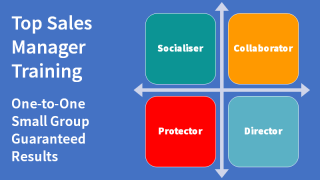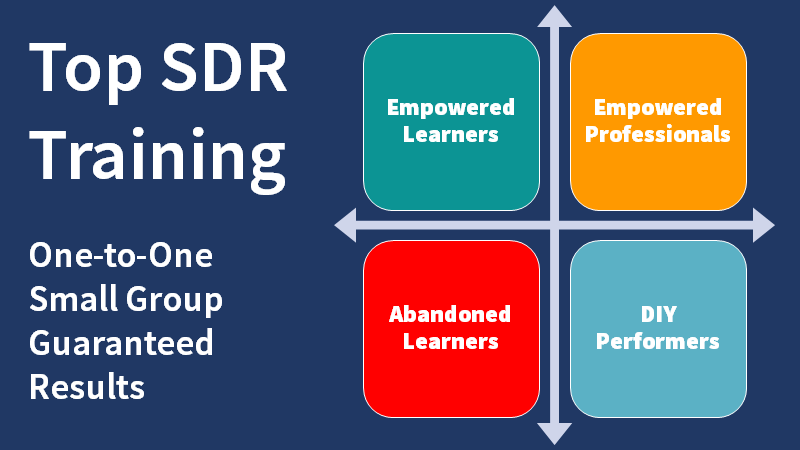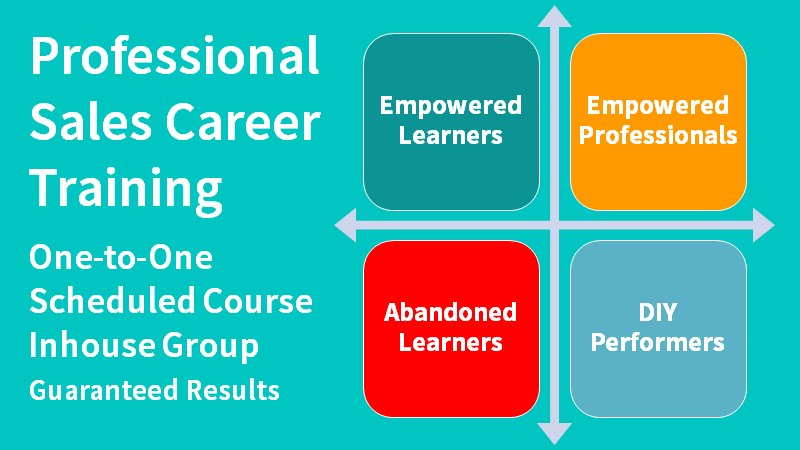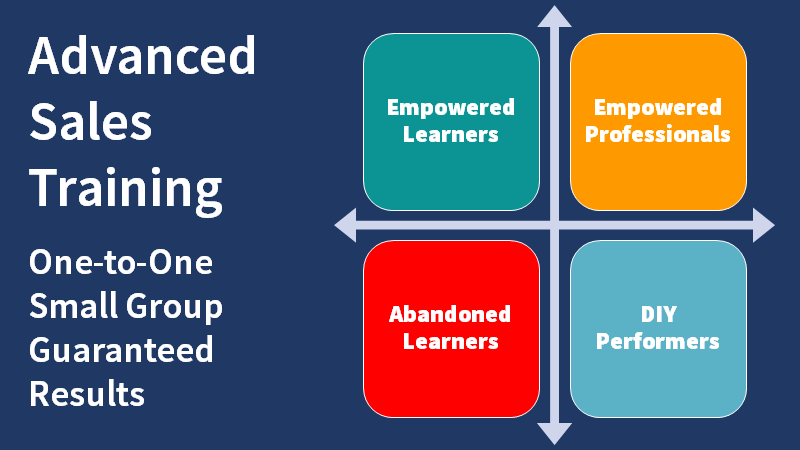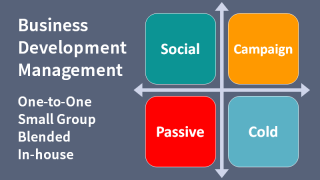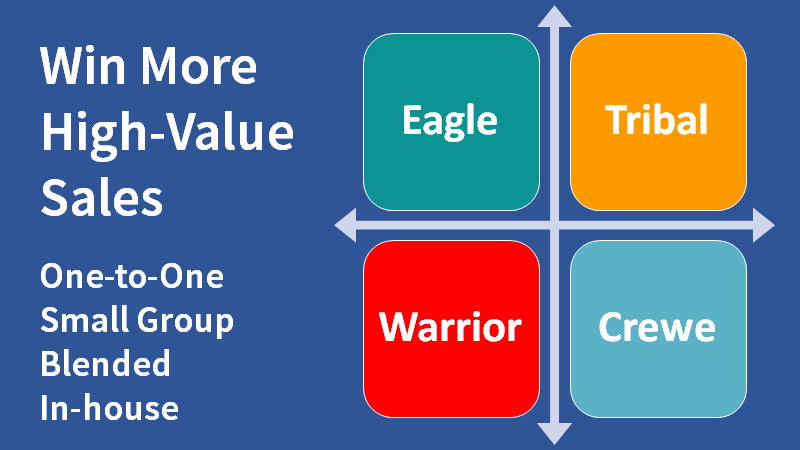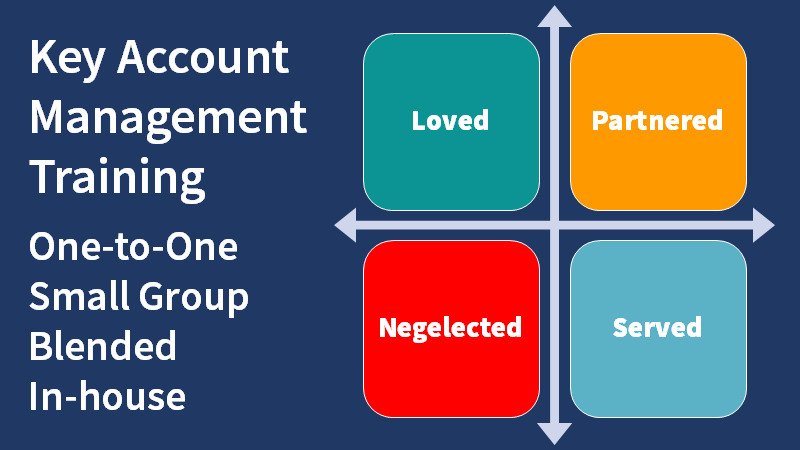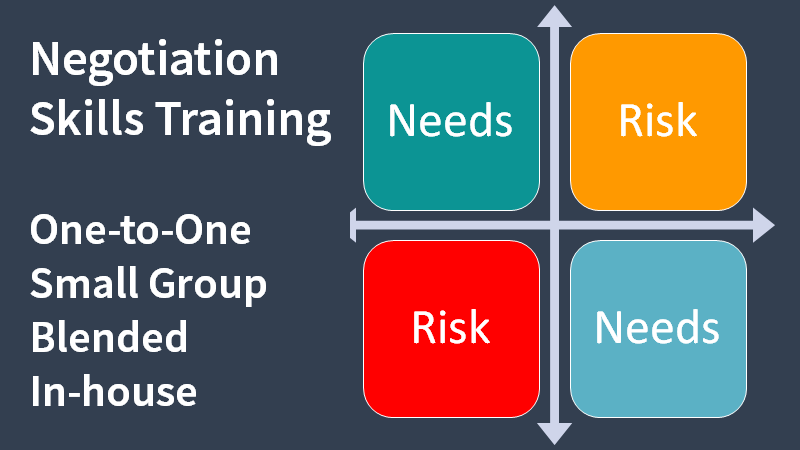Use benchmark data and sales performance measurement to identify improvement opportunities while there is still time to do something about it.
Relying on trailing indicators for sales performance measurement denies the opportunity to recognise divergence and take early corrective action. The earlier action is taken, the sooner recovery can take place.
Sales Behaviour Monitors
Existing Customer Contact
The number of contacts made with existing customers, by day or week. This might be further broken down into figures for inbound customer telephone calls dealt with; outbound customer telephone calls made, and emails sent to customers. All of this information is available in the various telephone and email systems.
New Customer Contact
The number of contacts made with potential customers, by day or week. This might be further broken down into figures for inbound enquiries dealt with; outbound prospecting telephone calls made, and prospecting emails sent. As for customer contacts, these details are also available in the various telephone and email systems.
Meeting Time
These days face-to-face meetings are in decline. Measuring meeting time might include online or video sessions with customers.
Number of Proposals
If proposals or quotations must be logged, the numbers are easily compiled.
Pipeline Value
The value of identified pipeline opportunities is usually captured in CRM systems and forecasting regimes.
Stage-by-Stage Conversion Ratios
With a record of customer contacts, forecasted business, and proposals or quotations, respective conversion rates can be calculated for each stage in the process.
Number of New Customers
The number of new customers buying for the first time by month.
New Customer Business
The amount of business from new customers buying for the first time by the month.
This is not a complete list. Most, if not all of the stages in a sales process provide a sales performance measurement opportunity.
Business Benchmarks
- Revenue/profit per employee for competitors. This information can be calculated for most competitors when they report revenue and profit. It is possible to compile reasonable estimates for private companies.
- Revenue/profit per salesperson in competitors. As for performance per employee, with figures for the number of quota-carrying salespeople employed by competitors, a close estimate of this figure can be calculated.
- Revenue/profit trends for competitors. By tracking announcements over time, a clear performance picture can be established.
- Available Market size by territory. By summing the performance of most suppliers in a market and accessing the regional GDP data available in most Western countries, it is possible to estimate market size by territory.
- Competitor market share. These figures can be estimated based on competitor revenue and the available market size.
- Territory market share. These figures can be estimated based on the overall market size and regional gross domestic product data.
- Market trends can be discerned by monitoring a range of trigger phrases and regularly analysing the results.
Internal Sales Performance Measurement
External business benchmark measures are commonly mirrored internally. For example, revenue or profit per employee or per salesperson. It is an easy step to compare and contrast business benchmark data in a way that enhances sales performance measurement.
If you need a way to improve sales performance measurement or receive early warnings of pending sales shortfalls, we can help. Telephone +44 (0)1392 851500. Use the contact form here or send an email to custserv@salessense.co.uk for a prompt reply.




